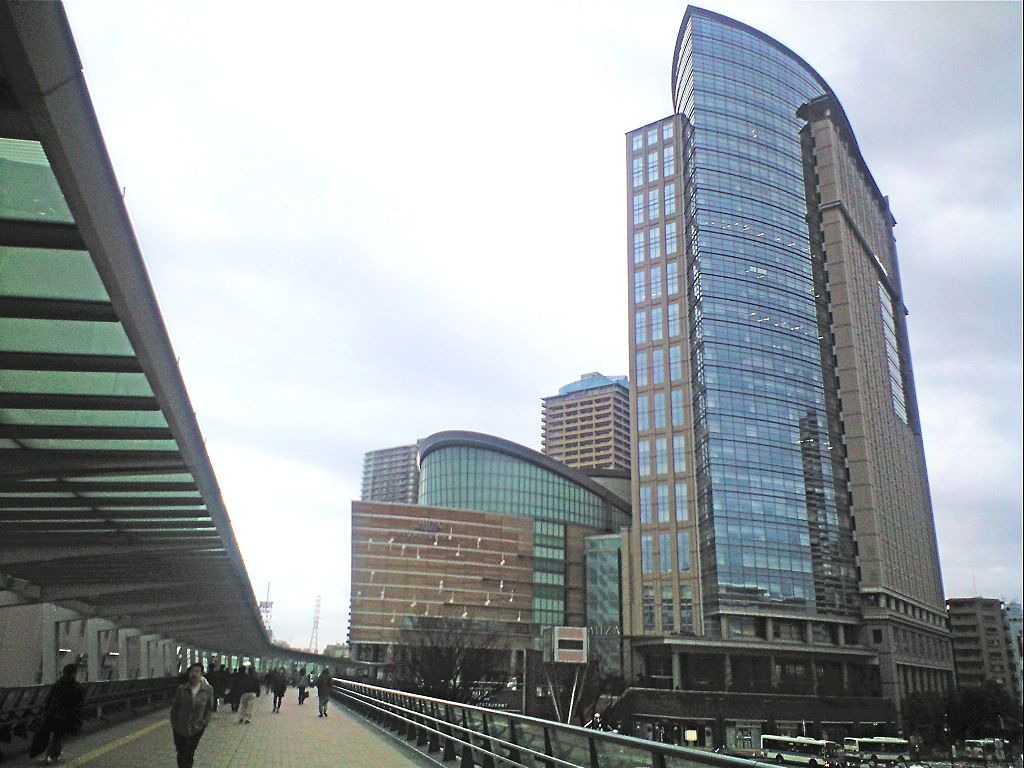The Canadian Solar Infrastructure Fund says that the April output is by 10.2% lower than prediction in its Japanese portfolio due to raised grid -restrictions, especially on the island of Kyushu.
The Canadian Solar Infrastructure Fund registered a shortage in April in the Electricity generation of April in its 33 solar assets in Japan. It mentioned an increase in the defendant percentages due to transmission operators as the most important factor behind the underperformance.
The fund said it generated 24.7 GWH in April, 10.2% under the prediction of 27.5 GWH based on P50 projections. This meant the second consecutive month of underperformance, after a greater shortage in March. The output for the January-April period came in 6 GWh under the prediction, equal to a Miss of 7.1%, according to the fund.
The limitations of April – temporary reductions in the assets of the assets imposed by grid operators to alleviate congestion – took place 204 times in the fund’s portfolio, an increase of 227 in March. The fund works under the Japanese non-mast Grid Connection Regime, which makes such interruptions possible without compensation. The most affected locations were on the island of Kyushu, which was good for the most converted capacity of the fund.
Burangingen led to a JPY 231.6 million ($ 1.58 million) Reduction of the variable rental income for April, the fund said. Total rent reductions as a result of limitation since the start of the tax year are now JPY 436.5 million, which represents 9.34% of the expected rental income.
According to the rental structure of the fund, asset managers receive a fixed basic rent equal to 70% of the projected output, with a variable component only paid if the output that thresholds exceeds. The fund said that various facilities, including CS Koriyama-Shi, fell under the threshold of 70% in April.
Various projects of the fund are located in the Tokyo Electric Power Co. service area. (Tepco), who did not establish any restriction in April. The Japanese Ministry of Economy, the Trade and Industry (Meti), however, warned in a meeting in January 2025 that economic limitations in the Tokyo region would start in the tax 2025. Meti said that this year it expected 2 TWH of limitations, with about half in Kyushu and an estimated 3 GWH in Tokyo. The figures were published by the working group of the next generation Power Grid from Meti.
In April, the Japanese government launched applications for a tax 2024 subsidy program to support renewable heat and industrial waste heat systems. And earlier this month, Japan assigned 1.4 GW of battery energy storage (BESS) in its second long-term carbon department (LTDA), where Bess made 22% of the awarded capacity.
This content is protected by copyright and may not be reused. If you want to work with us and reuse part of our content, please contact: editors@pv-magazine.com.

